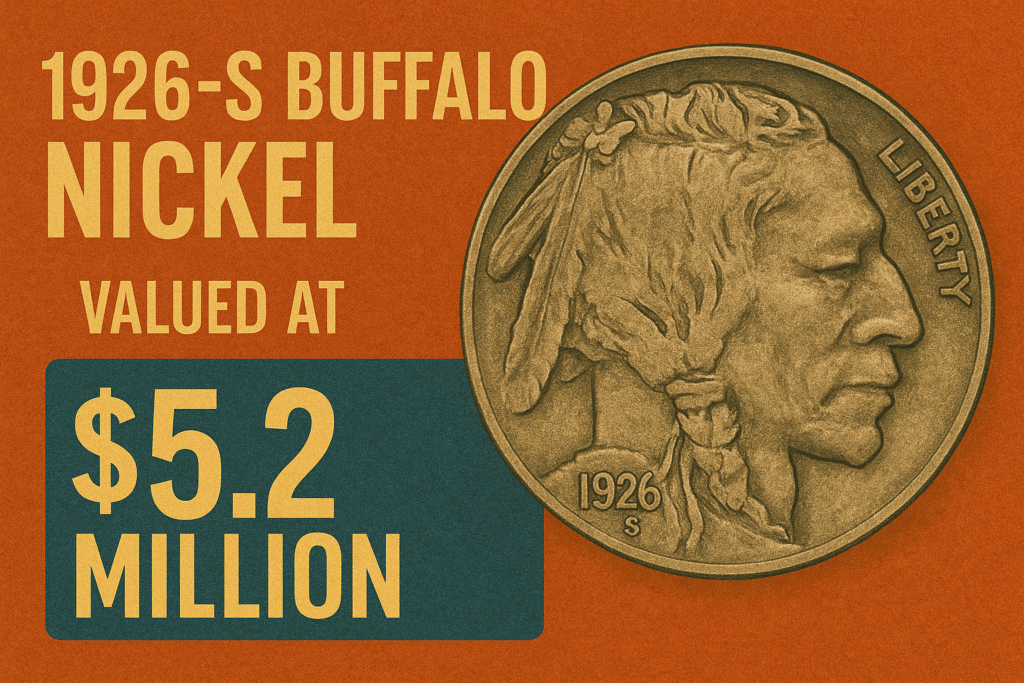Did you know that the $2 bill, a rare and unique note in American currency, might be worth more than just two dollars? While many people think $2 bills are uncommon or even useless, some of these bills can actually be valuable to collectors and enthusiasts. Whether you have one tucked away in a drawer or recently found one in your wallet, it’s a good idea to learn why some $2 bills could be worth a lot more. This article will explain why $2 bills are special, how to check their value, and what to look for when you want to sell or keep them.
Why Are $2 Bills Special?
$2 bills are different from other U.S. currency because they are printed less often and are not used as commonly in daily transactions. The $2 bill features Thomas Jefferson on the front and an image of the signing of the Declaration of Independence on the back. They were first issued in 1862 but have always been less popular than $1, $5, or $10 bills.
Because fewer $2 bills circulate, collectors often want to own them. Some $2 bills are more valuable due to their age, condition, or printing errors. If you have an old or rare $2 bill, it might be worth more than face value.
How to Identify Valuable $2 Bills
Not all $2 bills are valuable, but certain features can increase their worth. Here are the key factors collectors look for:
- Year of Issue: Older bills, especially those printed before 1976, can be more valuable.
- Condition: Crisp, uncirculated bills with no folds, tears, or marks are worth more.
- Printing Errors: Bills with misprints, wrong serial numbers, or missing elements can be rare and valuable.
- Star Notes: Some bills have a small star symbol next to the serial number, showing they were replacements. These can be rare.
- Serial Numbers: Bills with unique or repeating numbers (like 12345678 or 11111111) are more collectible.
Common $2 Bills and Their Estimated Values
| Type of $2 Bill | Year Range | Estimated Value (Average) | Notes |
|---|---|---|---|
| Series 1928 (Red Seal) | 1928 | $10 – $100+ | Oldest type, red seal, collectible |
| Series 1953 (Red Seal) | 1953 | $5 – $50 | Still fairly common but collectible |
| Series 1963 (Red Seal) | 1963 | $3 – $20 | Lower value, but older bills count |
| Series 1976 (Federal Reserve) | 1976 – Present | $2 – $5 | Most common, not very valuable |
| Star Notes | Various | $20 – $500+ | Rare replacement bills |
| Error Bills | Various | $50 – $1000+ | Depends on the error severity |
How to Check Your $2 Bills
- Look at the Year: The year is printed on the front, under the Treasury seal. Older bills are usually more valuable.
- Check the Seal and Serial Number: Older bills have red seals, newer ones have green. Star notes have a star near the serial number.
- Condition: Bills in perfect condition are more valuable. If it’s folded or torn, the value goes down.
- Look for Errors: Misprints, missing ink, or wrong serial numbers can make a bill rare.
- Ask an Expert: If you think your $2 bill is valuable, consider having it appraised by a currency expert or collector.
Why Are $2 Bills Not Common?
One reason $2 bills are rare is because many people do not use them regularly. Banks often do not distribute them widely, and some stores even refuse to accept them. This lack of use means they stay in circulation less and can become collectors’ items.
Should You Keep or Sell Your $2 Bills?
If you find a valuable $2 bill, you might wonder whether to keep it as a collector’s item or sell it for cash. Here are some tips:
- Keep: If it has historical or sentimental value, or you want to start a collection.
- Sell: If you want quick cash and your bill is in demand. Use auction sites, coin and currency shows, or specialty dealers.
- Get It Graded: A professional grading service can certify the condition, which often increases value.
Conclusion
Your $2 bills could be worth more than you think! With a little knowledge, you can find out if the bills you have are rare or valuable. Whether you keep them as collectibles or sell them to collectors, $2 bills offer a fascinating glimpse into American currency history. So, take a moment to check your bills — you might discover a hidden treasure.
FAQ’s
1. Are all $2 bills rare and valuable?
No, most $2 bills in circulation are worth their face value. Only certain years, star notes, and error bills are valuable.
2. Why are $2 bills printed less frequently?
Because they are less popular for everyday use, the U.S. Treasury prints fewer $2 bills.
3. Can I use a $2 bill in any store?
Yes, $2 bills are legal tender and should be accepted anywhere in the U.S., but some stores might be unfamiliar with them.
4. What makes a $2 bill a star note?
A star note has a star symbol near the serial number, showing it replaced a damaged bill during printing, making it rare.
5. How do I find the value of my $2 bill?
Check the year, condition, and serial number, then consult currency collectors, price guides, or online auction sites for an estimate.
